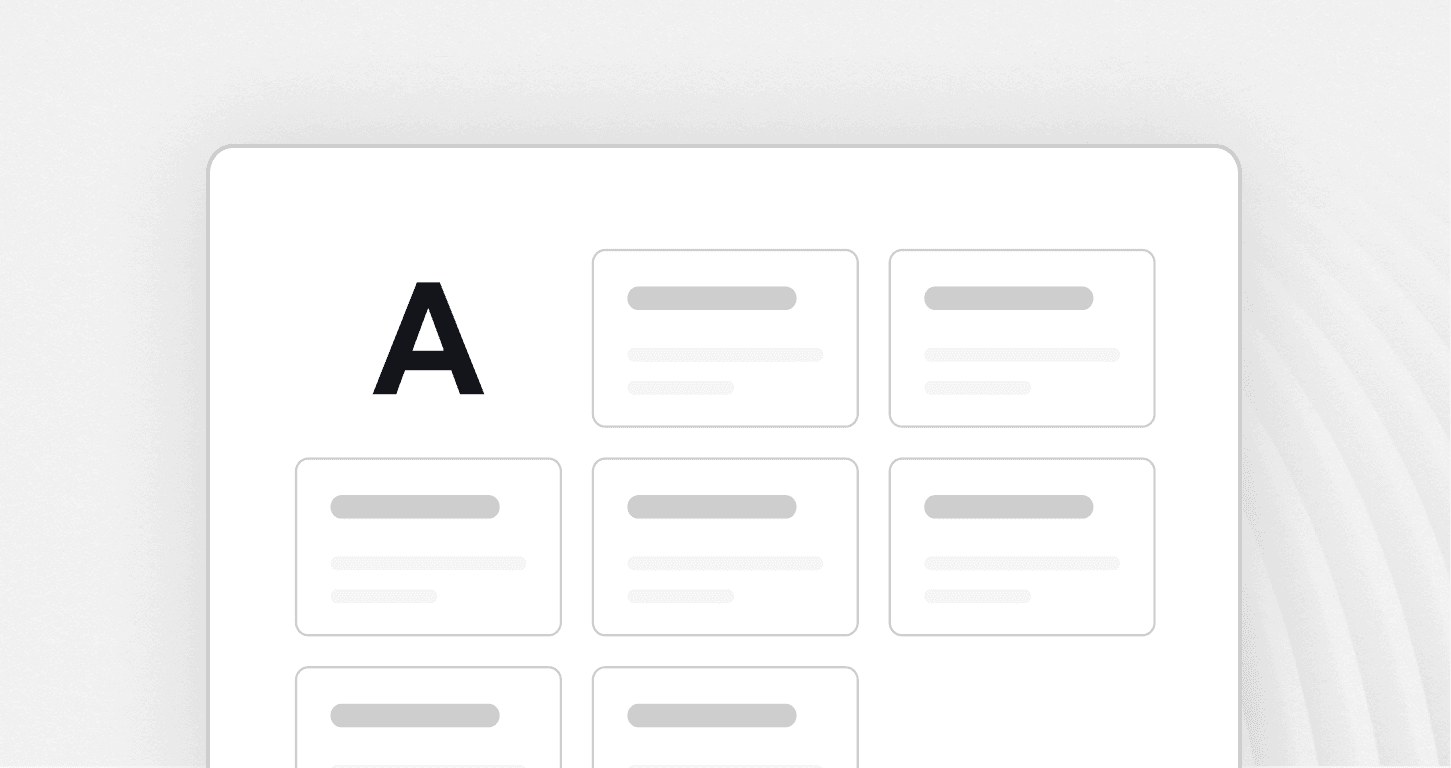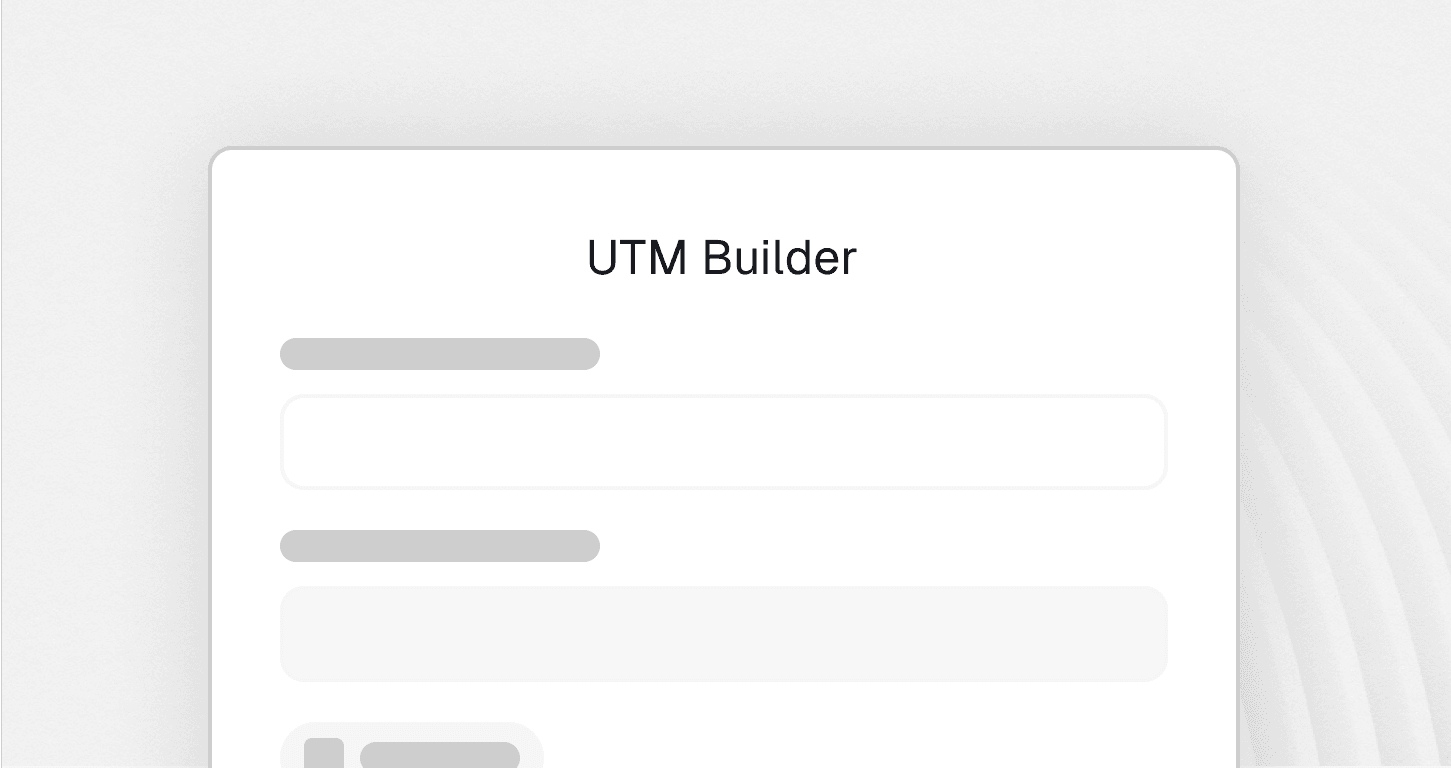Team Building Activity Generator
Create fun, goal-driven team activities in seconds, no planning stress, just stronger connections.
Free Team Building Activity Generator: Build Stronger Teams Effortlessly
Creating meaningful connections between team members shouldn't be complicated. Our activity generator helps you design engaging exercises that bring people together, improve communication, and build trust, all without the stress of planning from scratch.
This guide covers everything you need to know about using our tool effectively:
How to create customized activities for your unique team
Understanding what makes activities successful
Real examples from different workplace scenarios
Tips for getting the most out of your team sessions
What Makes Our Activity Generator Different?
Planning team activities often feels overwhelming. You're juggling schedules, trying to find something everyone will enjoy, and hoping it actually helps your team work better together. Our generator removes the uncertainty from the process.
Instead of spending hours researching activities or worrying whether they will work, you simply input basic information about your team and situation. The tool then suggests activities specifically designed for your needs.
How Activities Are Created
When you use our generator, you'll see activities that include:
Clear Purpose: Every suggestion comes with specific goals, whether that's improving communication, building trust, or solving problems together.
Step-by-Step Instructions: No confusion about what to do next. Each activity includes detailed guidance that anyone can follow.
Time and Materials: Know exactly how long things will take and what supplies you'll need (often just basic office items).
Reflection Questions: Help your team think about what they learned and how to apply it to their daily work.
Essential Elements for Success
Every effective team activity shares specific characteristics. Understanding these helps you choose the right approach:
Team Size Considerations
Small groups (3-8 people): Encourage close interaction and meaningful conversations.
Medium groups (9-15 people): Balance of interaction and diverse perspectives
Large groups (16+ people): Structured activities with clear facilitation
Time Constraints
Quick sessions (15-30 minutes): Perfect for regular meetings or busy schedules
Standard sessions (45-75 minutes): Ideal for dedicated team development time
Extended sessions (90+ minutes): Comprehensive exercises for retreats or special events
Environment Options
Office-based: Familiar setting, minimal setup required
Outdoor: Change of scenery, often more energizing
Virtual: Accessible for remote teams, technology-dependent
Hybrid: Accommodates both in-person and remote participants
Real Workplace Examples
Understanding how these activities work in practice helps you see their potential impact.
Example 1: New Project Team
Sarah manages a group of developers, designers, and marketers who haven't worked together before. They need to establish working relationships quickly.
Generated Activity: "Expertise Exchange"
Team members share their unique skills and learn about others' specialties.
Creates natural collaboration opportunities
Builds respect for different perspectives
Takes 45 minutes with simple materials
Result: The team started collaborating more naturally, understanding whom to approach for different challenges.
Example 2: Remote Team Feeling Disconnected
Mike's customer service team has been working remotely for months. They're efficient but missing the personal connections that help during stressful situations.
Generated Activity: "Virtual Coffee Chat Roulette"
Pair team members for informal conversations
Includes conversation starters beyond work topics
Builds personal connections that support professional relationships
Requires 30 minutes and basic video conferencing
Result: Team members began reaching out to each other for support, improving both morale and problem-solving.
Example 3: Department Merger
Two finance teams are combining due to a company restructuring. There's tension about changed processes and roles.
Generated Activity: "Process Mapping Together"
Mixed groups identify the best practices from both teams
Focuses on shared goals rather than differences
Creates buy-in for new procedures
Takes 60 minutes with flipchart paper and markers
Result: Teams found common ground and developed procedures that incorporated the best of both approaches.
Making Activities Work for Your Team
Success relies on more than simply picking the right activity**.** Here's how to set yourself up for positive results:
Set Clear Expectations: Let people know why you're doing this and what you hope to achieve. Transparency reduces resistance.
Create Psychological Safety: Ensure everyone feels comfortable participating. Address concerns privately if needed.
Be Flexible: If something isn't working, adjust on the spot. The goal is engagement, not perfect execution.
Follow Through: Connect insights from activities to real work situations. Otherwise, they feel like meaningless exercises.
Using the Generator Effectively
Getting the most from our tool requires thoughtful input:
Be Honest About Your Team: Consider personality types, energy levels, and current relationships.
Define Your Goals: What specific improvements do you want to see?
Consider Your Context: What's happening in your organization that might affect participation?
Plan for Follow-up: How will you reinforce what people learn?
Special Considerations for Different Situations
Virtual Teams: Focus on activities that work well with technology limitations. Screen sharing, breakout rooms, and chat functions become essential tools.
Cross-Cultural Teams: Choose activities that don't rely heavily on cultural references or communication styles that might exclude some members.
Technical Teams: Often prefer problem-solving activities over purely social ones. Look for exercises that feel relevant to their work.
Creative Teams: Usually enjoy more innovative, artistic approaches. Traditional corporate activities might feel stale.
Common Challenges and Solutions
"My team thinks this is silly." Start with work-focused activities that feel practical rather than purely social.
"We don't have time": Use micro-activities that fit into existing meetings rather than requiring separate sessions.
"People don't participate": Address concerns individually and ensure activities match your team's comfort level.
"Nothing seems to stick": Connect activities to real work situations and reference them in future interactions.
Building Long-Term Team Development
One-off activities rarely create lasting change. Consider these approaches:
Monthly Focus Areas: Dedicate each month to a specific skill like communication or problem-solving.
Progressive Challenges: Start with simpler activities and gradually increase complexity as comfort grows.
Skill Integration: Choose activities that directly support skills needed for current projects.
Peer Leadership: Rotate who facilitates activities to build buy-in and develop leadership skills.
Measuring Impact
Look for these signs that your activities are working:
Behavioral Changes: People collaborate more naturally, communicate more openly, or handle conflicts better.
Improved Outcomes: Projects run more smoothly, deadlines are met more consistently, or quality improves.
Positive Feedback: Team members express satisfaction with their work relationships and environment.
Retention Improvements: People stay longer and refer others to join the team.
Getting Started
The most crucial step is simply beginning. Choose an activity that feels manageable and relevant to your team's current needs. Pay attention to what works and what doesn't, then adjust your approach accordingly.
Remember that building strong teams is an ongoing process, not a one-time event. Our generator provides you with tools to support this journey, but the real work happens in how you apply these activities to create lasting positive change in your workplace.
Start small, be consistent, and focus on what your team actually needs. The results will follow naturally.
FAQ
What if my team is resistant to participating?
Start with work-focused activities that feel practical rather than forced. Address concerns privately and make participation voluntary. Focus on exercises that help them do their jobs better.
How often should we do these activities?
New teams benefit from weekly brief sessions until they gel together. Established teams work well with monthly or quarterly activities. Consistency matters more than frequency for long-term success.
Can these work for remote teams?
Yes, many activities work great virtually using breakout rooms and chat features. Some people find virtual activities less intimidating than in-person ones. The generator includes options specifically designed for video calls.
What if we don't have much time?
Most effective activities take just 10-15 minutes to complete. You can add them to regular meetings or use quick check-ins. Brief sessions often work better than occasional long ones.
How do I know if activities are helping?
Watch for better collaboration during regular work tasks. Look for more open communication and improved conflict handling. Behavioral changes matter more than immediate post-activity feelings.




